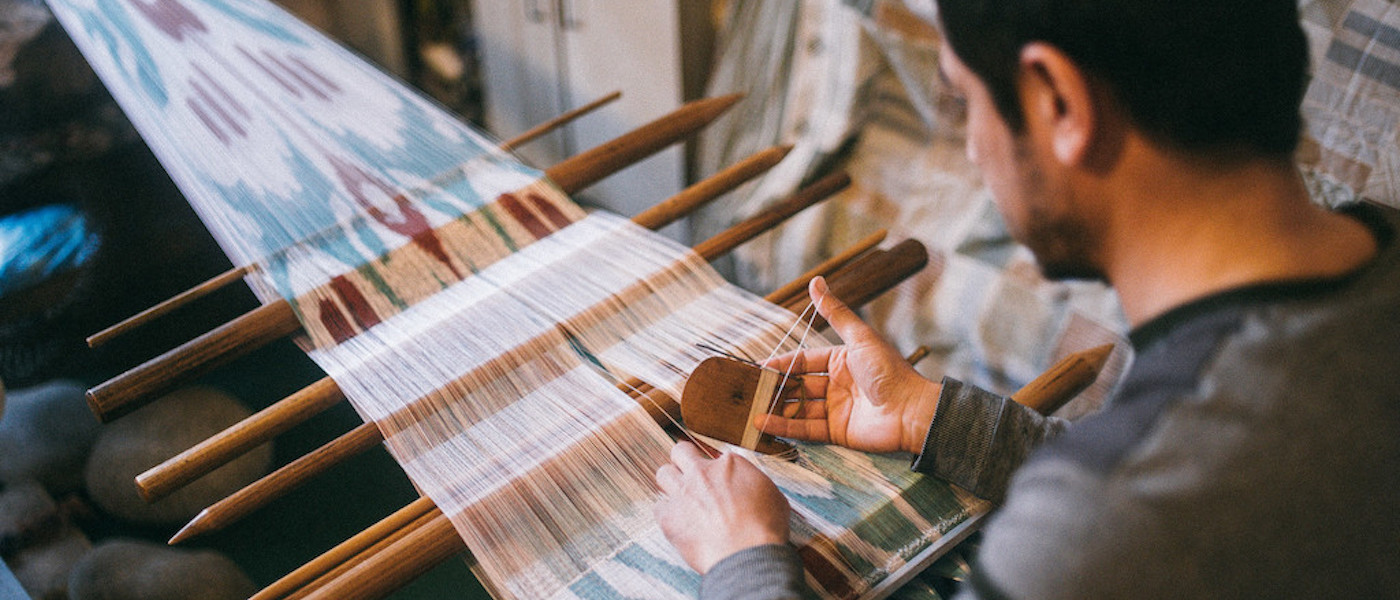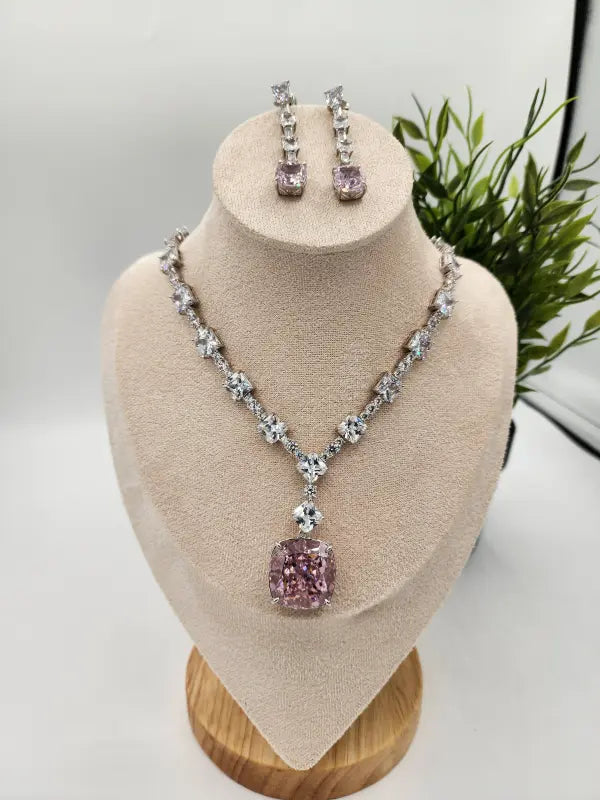Ikat, a traditional dyeing technique deeply rooted in Southeast Asian culture, is renowned for its intricate and vibrant patterns that are woven into fabric. The term "ikat" originates from the Indonesian word that means "to bind" or "to tie." This process of binding is central to the ikat technique, where yarns are tightly wrapped and then dyed before weaving. The result is a fabric that carries a unique and often mesmerizing design, rich in cultural significance.
Historical Background of Ikat

The history of ikat dates back thousands of years and is believed to have originated in the Neolithic period among Daic and Austronesian-speaking peoples of mainland Asia. From there, the tradition spread throughout Southeast Asia, particularly among the Austronesian peoples, who carried the technique as far as Madagascar during their expansive migrations.
In Southeast Asia, ikat is especially associated with Indonesia, where it has become a symbol of cultural identity. The oldest known example of ikat in Southeast Asia is the Banton Burial Cloth, dating back to 1200-1400 AD, found in the Philippines. This warp ikat fabric, made from abacá (a species of banana native to the region), is a testament to the long-standing tradition of ikat in the area.
The Ikat Technique

The ikat technique is a labor-intensive process that requires great skill and patience. Unlike other dyeing techniques such as tie-dye and batik, where the resist (a material that resists dye) is applied to the finished fabric, ikat involves applying the resist to the yarns before they are woven. This is done by binding individual yarns or bundles of yarns with a tight wrapping, often made from materials like waxed thread or plastic.
Once the yarns are bound in the desired pattern, they are dyed. The bindings may be altered after each dyeing session to create additional patterns, resulting in multicolored designs. The yarns are then woven into fabric, and the pattern that was created during the dyeing process emerges. Because the pattern is in the yarns themselves, both sides of the fabric are patterned.
Types of Ikat

Ikat weaving can be classified into three main types based on the yarns that are dyed:
- Warp Ikat: In warp ikat, only the warp yarns (the vertical threads on a loom) are dyed. The pattern is visible in the warp yarns before the weaving process begins. This technique is common in regions like Kalimantan, Sulawesi, and Sumatra in Indonesia, where it is practiced by the Dayaks, Torajans, and Bataks, respectively.
- Weft Ikat: Weft ikat involves dyeing the weft yarns (the horizontal threads on a loom). The pattern only appears as the weaving progresses, making this technique slower than warp ikat. The weaver must carefully align the weft yarns with each pass of the shuttle to maintain the clarity of the design.
- Double Ikat: The most complex and labor-intensive form of ikat is double ikat, where both the warp and weft yarns are dyed before weaving. This technique is only practiced in three regions: Patan in Gujarat, India; the Okinawa Islands in Japan; and the Tenganan village in Bali, Indonesia. Double ikat fabrics are highly prized for their intricate designs and vibrant colors, often requiring months or even years to complete.
The Cultural Significance of Ikat
Ikat is more than just a textile; it is a cultural artifact that carries deep meaning for the communities that produce it. In Indonesia, for example, ikat is often used in ceremonial clothing and rituals. The patterns and colors of ikat fabrics can signify a person’s social status, region, or even their role in a ceremony.
In the Toraja region of Sulawesi, Indonesia, ikat is used to create funeral shrouds known as "porilonjong," which are an important part of the funeral rites. These shrouds are often passed down through generations and are considered a valuable family heirloom.
Similarly, in India, the double ikat tradition of Patola saris is associated with the royal courts and religious ceremonies. The intricate designs of these saris, which often feature motifs of flowers, animals, and geometric patterns, are believed to bring good fortune to the wearer.
FAQs About Ikat
- What is ikat?
- Ikat is a traditional dyeing and weaving technique from Southeast Asia that involves resist-dyeing yarns before weaving them into fabric. The term "ikat" comes from the Indonesian word for "to bind."
- What are the different types of ikat?
- Ikat can be classified into three main types: warp ikat (where the warp yarns are dyed), weft ikat (where the weft yarns are dyed), and double ikat (where both warp and weft yarns are dyed).
- Where did ikat originate?
- Ikat likely originated in Neolithic weaving traditions among the Daic and Austronesian-speaking peoples of mainland Asia. It spread throughout Southeast Asia, particularly in Indonesia, the Philippines, and Malaysia.
- Why is ikat fabric often blurry?
- The characteristic blurriness of ikat fabric results from the difficulty in aligning the dyed yarns during the weaving process. This blurriness is often prized by collectors as it reflects the skill and effort involved in creating the fabric.
- How is ikat used in modern fashion?
- Ikat has gained popularity in modern fashion, where it is used to create contemporary clothing and home decor. The vibrant patterns and cultural significance of ikat make it a unique and sought-after textile.
- What efforts are being made to preserve ikat?
- Efforts to preserve ikat include promoting it as a high-value textile in the global market, providing support and training to artisans, and encouraging younger generations to learn the craft. The fashion industry also plays a role in keeping ikat traditions alive by incorporating it into modern designs.
Conclusion Ikat is more than just a textile; it is a reflection of cultural heritage, artistic expression, and skilled craftsmanship. Despite the challenges faced by ikat artisans today, the tradition continues to thrive, both in its places of origin and beyond. The global appreciation for ikat, coupled with efforts to preserve the craft, ensures that this ancient technique will remain a vibrant part of our cultural tapestry for generations to come.



